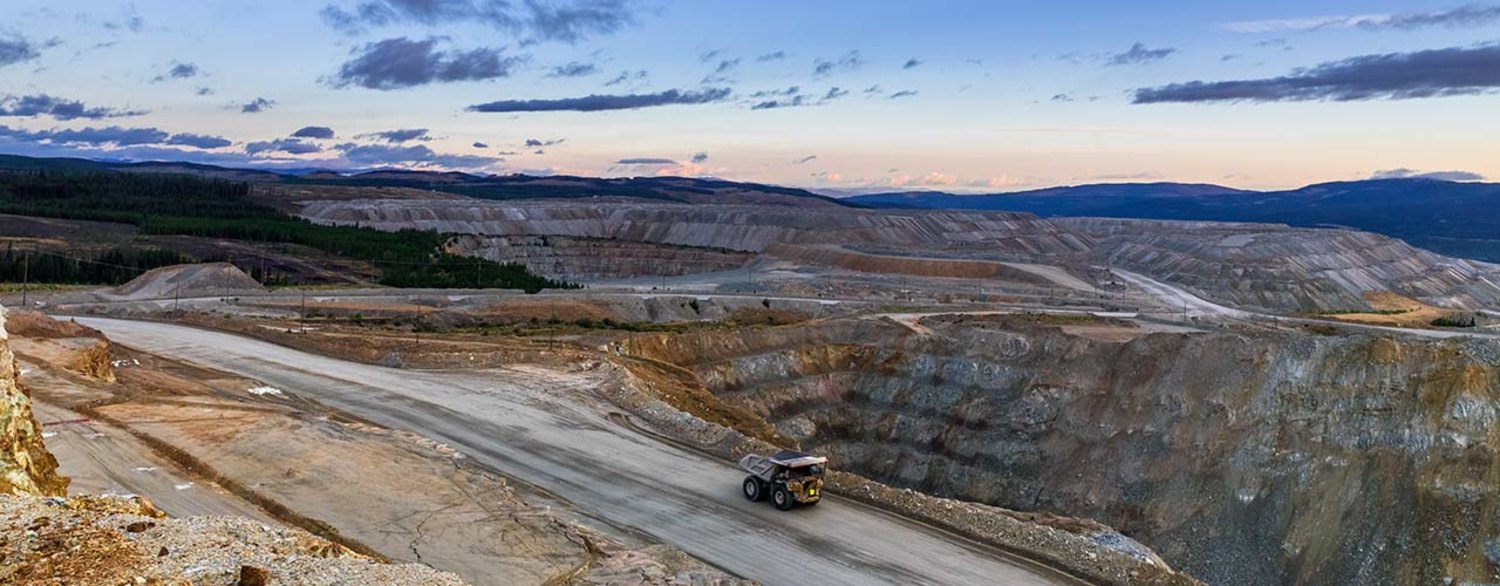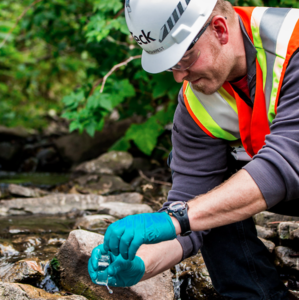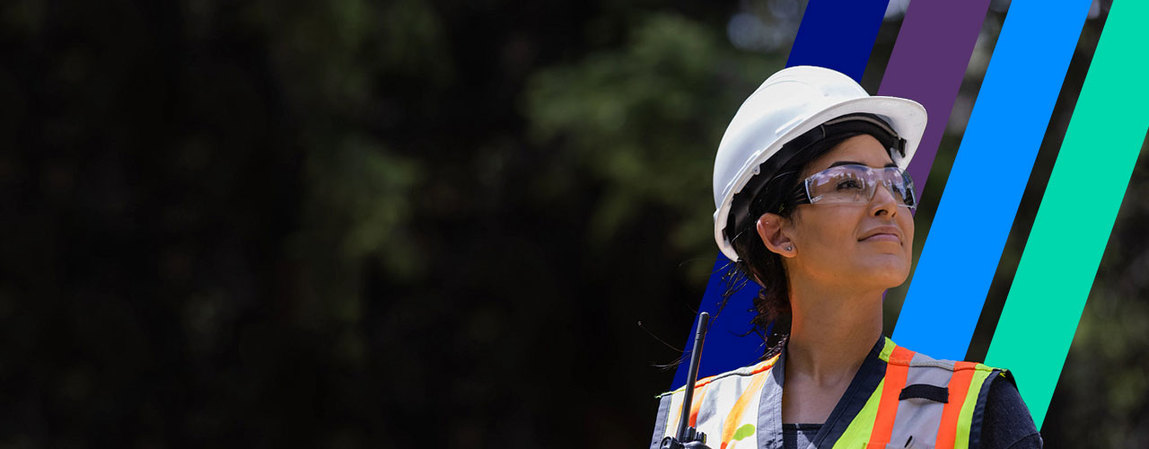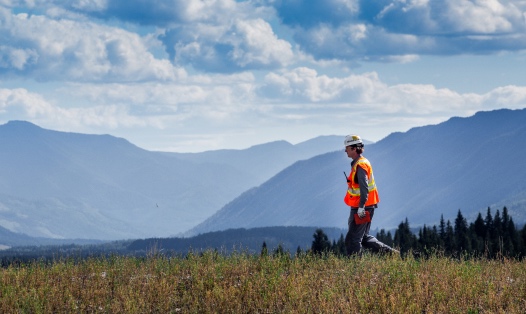We are committed to strong corporate governance. The Board of Directors has a Corporate Governance Committee that works with our General Counsel to ensure that our governance practices are up to date and that they meet applicable standards. Sound governance structures and systems protect the interests of investors and other Communities of Interest, and ensure that the company is well managed.
The Audit, Corporate Governance and Nominating, and Compensation Committees are composed entirely of independent directors.







